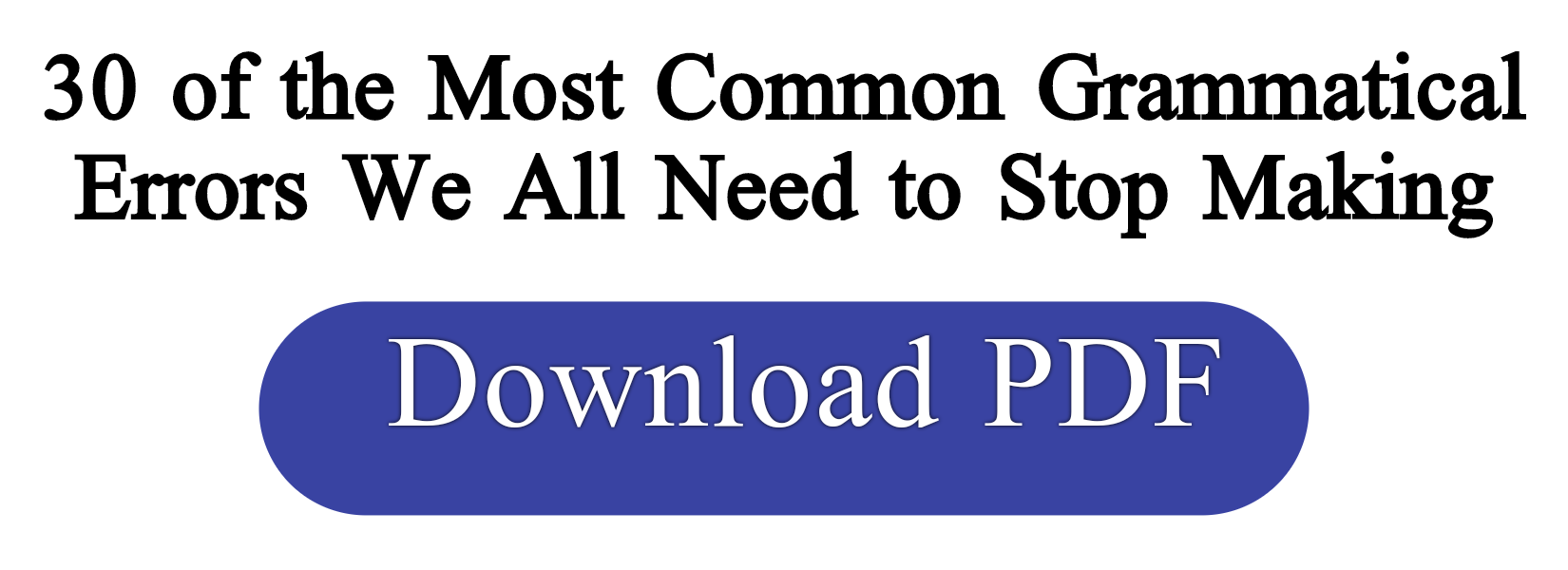SENTENCE CONSTUCTIONS
The English language provides considerable flexibility in sentence construction. Using various sentence patterns produces speech and writing that are lively and interesting. Also, variety in sentence construction contributes to well-organized messages.
1) SIMPLE SENTENCE
The simple sentence is an independent clause without subordinate clause. It begins with a capital letter and closes with an end mark. Simple sentences can vary considerably in length.
Example:
- I bought four apples at the farmers’ market.
- I bought four apples, a basket of tomatoes, a bag of green beans, and three squashes at the farmers’ market.
- The farmers’ market is a classic example of producers selling directly to consumers and avoiding the attempts of agents to control the supply or to manipulate the price.
2) COMPOUND SENTENCE
The compound sentence contains two or more independent clauses but no subordinate clauses. The two independent clauses are joined by a comma (,) followed by a conjunction (for, and, nor, but…). They may also be joined by a semicolon (;), a semicolon followed by a linking adverb (therefore, however, because, since…), or a colon (:).
Example:
- I don’t know where he went, and no one has seen him since this afternoon. (conjunction)
- Harold the First fought in northern Ireland; his campaigns generally were successful. (semicolon)
- Vivian wanted to stay another week in Ashville; however, her parents refused to send her more money. (linking adverb)
- You must have heard the news: we’re all getting bonuses this year! (colon)
a) Compound Sentences with Coordinators
|
Independent Clause + , + Coordinators + Independent Clause |
The two independent clauses are joined by a comma and one of the seven coordinating conjunctions: for, and, nor, but, or, yet, and so. You can remember the coordinating conjunctions by remembering the word FANBOYS. The following sentences illustrate their meanings.
1. The Japanese have the longest life expectancy of any other people, for their diet is extremely healthful. (for expresses reason)
2. The Japanese consume a lot of rice, and they eat more fish than red meat. (andexpresses equal related ideas)
3. Many Americans, on the other hand, do not eat a healthy diet, nor do they get enough exercise. (nor joins two equal negative independent clauses)
4. In the last twenty years, Americans have reduced their smoking, but Europeans seem to be smoking more than ever. (but expresses contrasting ideas)
5. Europeans should change their smoking habits, or they will risk developing lung cancer. (or expresses alternatives or possibilities)
6. Many Japanese men smoke, yet the Japanese have long life expectancies. (yetexpresses an unexpected contrast)
7. The Japanese diet is becoming more westernized, so their life expectancy will probably decrease in the future. (so expresses results)
b) Compound Sentences with Linking Adverbs (Conjunctive Adverbs)
|
Independent Clause; + Conjunctive Adverb, + Independent Clause |
The two independent clauses are joined by a semicolon (;), a conjunctive adverb and a comma. Just like the FANBOYS coordinators, conjunctive adverbs express the relationship of the second clause to the first clause. The chart below shows the coordinators and conjunctive adverbs which express similar relationship.
|
Coordinating Conjunctions |
Conjunctive Adverbs |
Meaning |
|
And |
Furthermore, besides, moreover, also |
Additional idea |
|
But, yet |
However, nonetheless, nevertheless, still |
Opposite idea |
|
Or |
Otherwise |
Choice |
|
So |
Consequently, thus, therefore, hence, accordingly |
result |
Example:
- Junior colleges offer preparation for the professions, business, and industry; moreover, they prepare students to transfer to a four-year college or university. (equal related ideas)
- Many junior colleges do not provide dormitories; however, they provide housing referral services. (opposite ideas)
- Students must take the final exam; otherwise, they will receive a grade of Incomplete. (“or else”)
- Native and non-native English speakers have different needs; therefore, most schools provide separate English classes for each group. (results)
c) Compound Sentences with Semicolon
|
Independent Clause + ; + Independent Clause |
The two independent clauses are joined by a semicolon (;). Use a semicolon only when the two independent clauses are closely related and the relationship is implied.
Example:
- My older brother studies laws; my younger brother studies medicine.
- The Berlin Wall’s construction in 1961 surprised the world; its destruction in 1989 stunned it.
- Poland was the first Eastern block country to turn away from communism; others soon followed.
3) COMPLEX SENTENCES
A complex sentence contains one independent clause and one or more dependent clause. In a complex sentence, one idea is generally more important than the other one. The more important idea is placed in the independent clause, and the less important idea is placed in the dependent clause.
|
Independent Clause + Dependent Clause |
|
Dependent Clause + , + Independent Clause |
In the following sentences, the independent clause is underlined, and the dependent clause is in italics.
Example:
- If you are not good at figures, it is pointless to apply for a job in a bank.
- When he saw the door open, the stranger entered the house.
- Holiday resorts which are very crowded are not very pleasant.
- That the Earth’s temperature is rising concerns scientists.
NOTE: There are three kinds of dependent clauses used in complex sentences: adverb, adjective and noun.
a- A dependent adverb clause begins with an adverbial subordinator such as when, while, because, even though, so that, etc.
b- A dependent adjective clause begins with a relative pronoun such as who, whom, which, whose, or a relative adverb where, when, and why.
c- A dependent noun clause begins with that, a wh-question word, whether, and if.
4) COMPOUND-COMPLEX SENTENCES
A compound-complex sentence is a combination of two or more independent clauses and one or more dependent clauses. It is like a family of two adults and one or more children.
Example:
- After I finished high school, I wanted to go to university, but I had to work in my family’s business.
- The word root multi, which means many, comes from Latin, and the word root poly, which also means many, comes from Greek.
- When the power line snapped, Jack was listening to the radio, and Linda was reading in bed.
MODIFIERS IN SENTENCES
A modifier is any word or group of words which limits or qualifies the meaning of other parts of the sentence. Be sure that your modifiers are clearly joined to the word or words they qualify. Descriptive phrases or clauses joined to the wrong words are known as dangling modifiers.
You can correct dangling modifiers by making the doer of the action the subject of the sentence, by adding omitted words, or by changing the phrase to a subordinate clause.
Example:
- Coming over the hill, the blueberries were seen. (incorrect)
- Coming over the hill, we saw the blueberries in the valley below us. (correct)
- Referring to your request of April 12, the matter is being reviewed by our board. (incorrect)
- Our board is reviewing your request of April 12 for an additional 122 tons of steel. (correct)
- When she was four years old, her mother died. (incorrect)
- She was four years old when her mother died. (correct)
- Exhausted and bleary-eyed, the report was finished by the team in the morning. (incorrect)
- The team, exhausted and bleary-eyed, finished the report in the morning.








